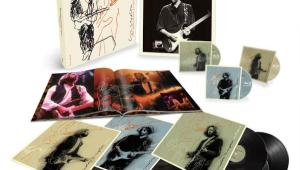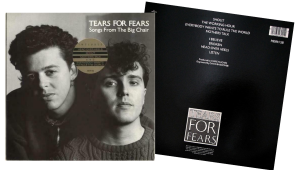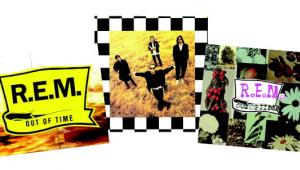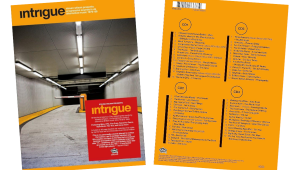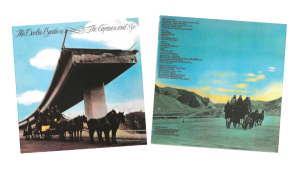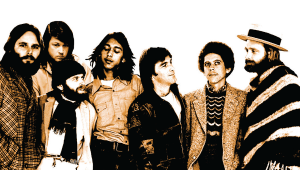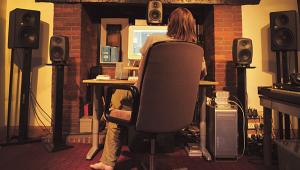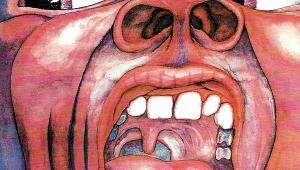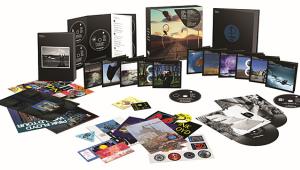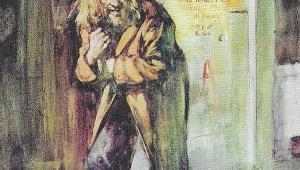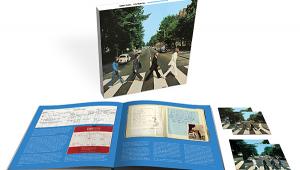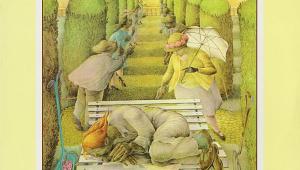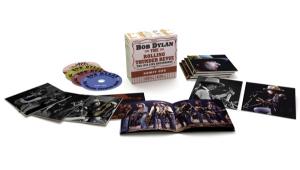Bruce Springsteen Revitalizes the Promised Land with Wrecking Ball
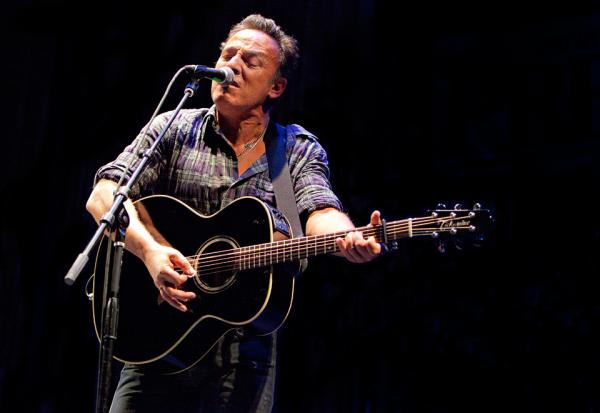
Bruce Springsteen has always been a preacher at heart. Ever since he greeted us from Asbury Park back in ’73, he’s been spreading the good word of the healing power of rock & roll far and wide, testifying many a time and many an hour across the live planks, guitar slung back over his shoulder as he stomps, kneels, prays, pleads, and ultimately cajoles the enraptured to follow him down the open road.
His latest sermon, Wrecking Ball, foregoes the more dominant sheen of his two most recent studio records Magic (2007) and Waiting on a Dream (2009) and instead is buttressed by the gutsy, rootsy production of new collaborator Ron Aniello, aligning it more with the feel of Devils & Dust (2005) and The Seeger Sessions (2006). Herein, the right Reverend Bruce calls upon misters, honeys, whores, saints, sinners, gamblers, fools, and kings to climb aboard the healing train to for an adventurous aural ride seeded with angelic choirs, steely brass, samples and drum loops, lap- and pedal-steel guitar, and violin and banjo licks, all meant to cleanse ears and souls alike.
Past, present, and future collide on a number of tracks. The core vibe takes root on “Easy Money,” with loops, beats, and handclaps spicing a choir-driven stew, and the closing, singalong “nah-nahs” are punctuated with a crisp tambourine shake before the outro. The world-weary “Jack of All Trades” is a grittier cousin to Don Henley’s mid-’80s downward-class lament, “Sunset Grill.” Springsteen’s resigned but determined lead vocals carry its moderate tempo until guest guitarist Tom Morello takes over the last 57 seconds, carefully matching the song’s glimmer of resolve rather than overpowering it. Aniello’s stark drumbeat intro to “This Depression” is the first indicator this call for help is the flipside to Springsteen’s 1987 fortitude-flexing manifesto “Tougher Than the Rest.” Despite the desperate vocal, a hopeful door remains open, where a more adventurous knob-twisting Morello guitar solo enters, soars, and points to the sky.
“Death to My Hometown” sounds like an elegiac Irish jig, but underneath its surface is the pall of rot — and a carefully placed 1959 vocal sample from Velma Johnson and the Alabama Sacred Harp Singers, courtesy the findings of the late legendary audio historian Alan Lomax. A choice, surface-noise-laden churchgoing sample from 1942 steels “Rocky Ground” — an ambitious career highlight that crystallizes strong and true upon repeated listening — with Springsteen presiding and soothing through the turmoil. That stunning testament leads into “Land of Hope and Dreams,” a decade-long concert staple elevated to a higher plane with the help of the Victorious Gospel Choir call-and-responsing with Springsteen on its “People Get Ready”-inspired denouement. Album closer “We Are Alive” is a palate cleanser, commencing with a light acoustic-guitar fade-in and whispered but clear vocals before giving way to some good ol’ Western twang and a melody reminiscent of (and properly credited to) “Ring of Fire.” Thoughtful whistling bridges a quiet fade out.
But it’s the 35-second saxophone solo from the late Clarence Clemons on “Land of Hope and Dreams” that’ll truly stake your heart. Clemons’s return a minute later, however, serves to cleanse, heal, and call for moving forward — the essence, in fact, of what Wrecking Ball is all about. Listen up, and let’s see what you got.
- Log in or register to post comments

